The National Recovery and Resilience Plan (PNRR) proposes a budget of 5 billion Euro for the railway transportation development and 4.5 billion Euro for roads and motorways.
PNRR quotes the country report (2020), according to which reforming the railway sector has been lagging, modernizing and insufficient maintenance leading to a drop in trains' speed and affecting the delivery times of goods. Thus, Romania is under the European average for all analyzed categories regarding investments and infrastructure, according to the most recent European Transport and Infrastructure Scoreboard (2019), being placed in 2018 under the European average for railway service efficiency (3.06).
The identified problems in the area of transportation aims at the fact that Romania's transport infrastructure is undersized, polluting and poorly maintained, with urban nodes that have a weak connectivity to the transport networks and a lack of intermodality.
Regarding railway infrastructure, it is depreciated, with numerous restrictions, lack of functional modern solutions and weak connectivity with other modes of transportation. The rolling stock is old, and the system is lacking adequate systems of traffic management, supplying information about traffic in real time as well as an integrated ticketing system.
According to the PNRR, promoting freight transportation from roads, responsible for 90% of the total CO2 and greenhouse gas emissions from the transport sector of the entire country in 2017, to other means of transportation, including railway transportation, could cut down external costs, including where the environment is concerned.
AGERPRES

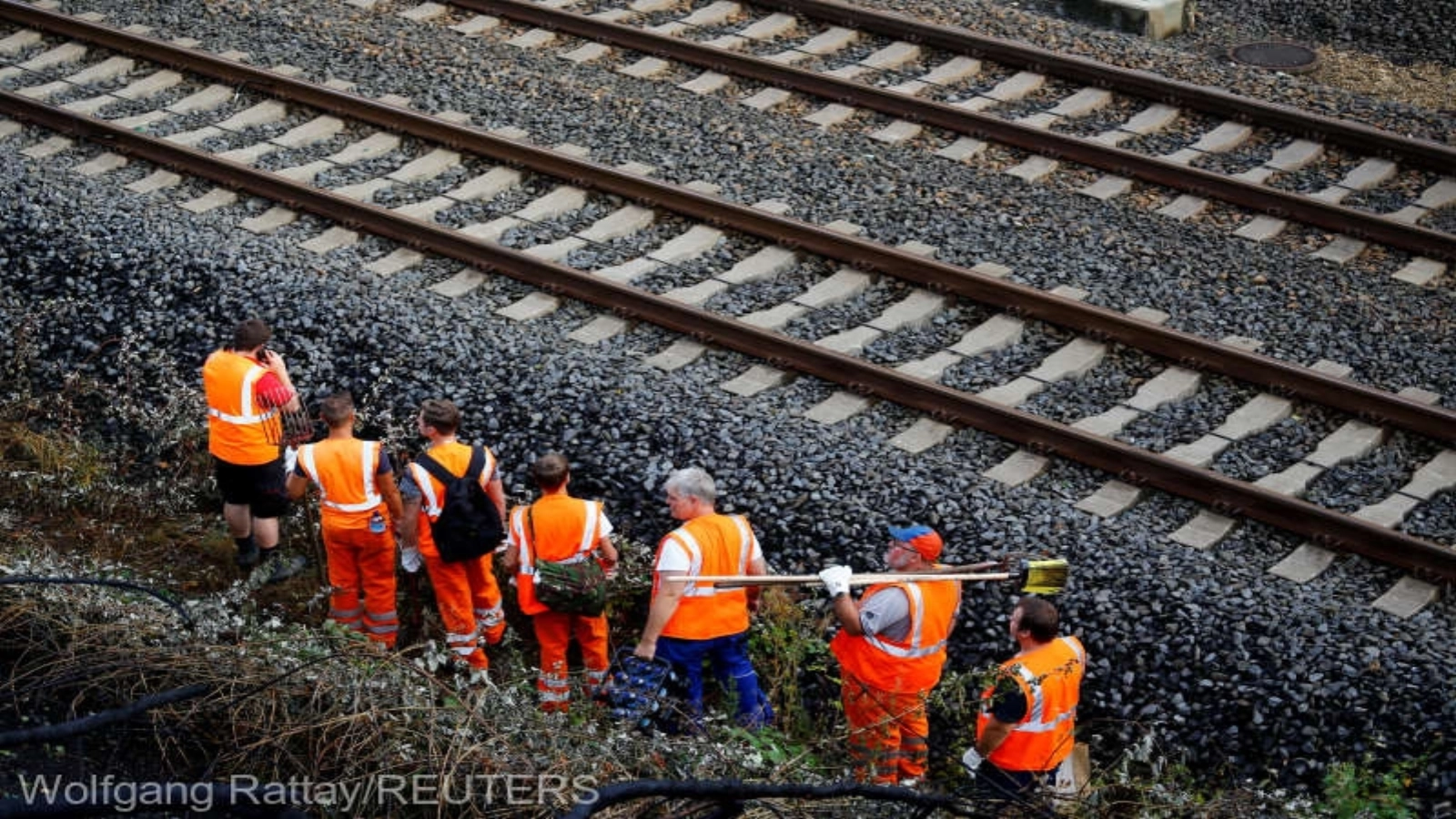


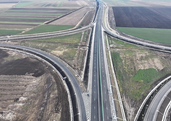
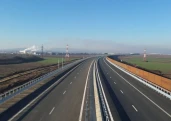
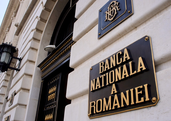

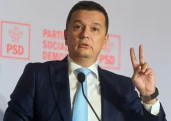

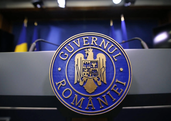



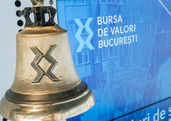

















Comentează